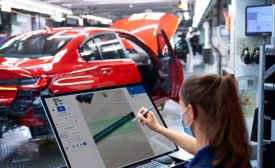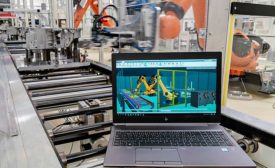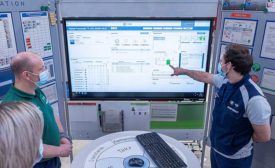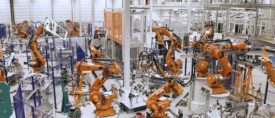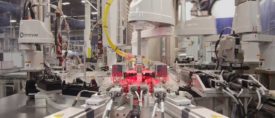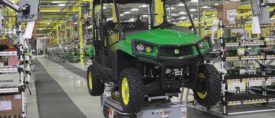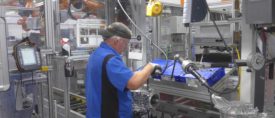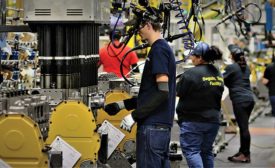Special Reports
AI is helping BMW inspect parts, control processes and route AGVs.
Read More
Industry 4.0 at Škoda
Digital twins, autonomous mobile robots and AI are some of the cutting-edge technologies helping European automaker Škoda compete.
June 28, 2022
Justifying Investment in Automation
Production ‘pain points’ should be identified and well documented.
March 31, 2022
Inside or Outside?
Greater process control, lower setup costs and simple equipment programming make it easier than ever for manufacturers to build their automation in-house rather than hire a machine builder.
March 30, 2022
Capital Spending Survey 2021: Assemblers Gear Up for Recovery
With the pandemic subsiding and consumer spending on the rise, manufacturers are investing in their assembly operations.
December 7, 2021
2021 Assembly Plant of the Year: GKN Drives Transformation With New Culture, Processes and Tools
A two-year-long continuous improvement initiative pays off in Newton, NC.
October 13, 2021
2020 Capital Spending Survey: Cautious Optimism
With a new presidential administration and an end to COVID in sight, manufacturers are ready to invest in their assembly lines.
December 4, 2020
Never miss the latest news and trends driving the manufacturing industry
Stay in the know on the latest assembly trends.
JOIN TODAY!Copyright ©2024. All Rights Reserved BNP Media.
Design, CMS, Hosting & Web Development :: ePublishing
